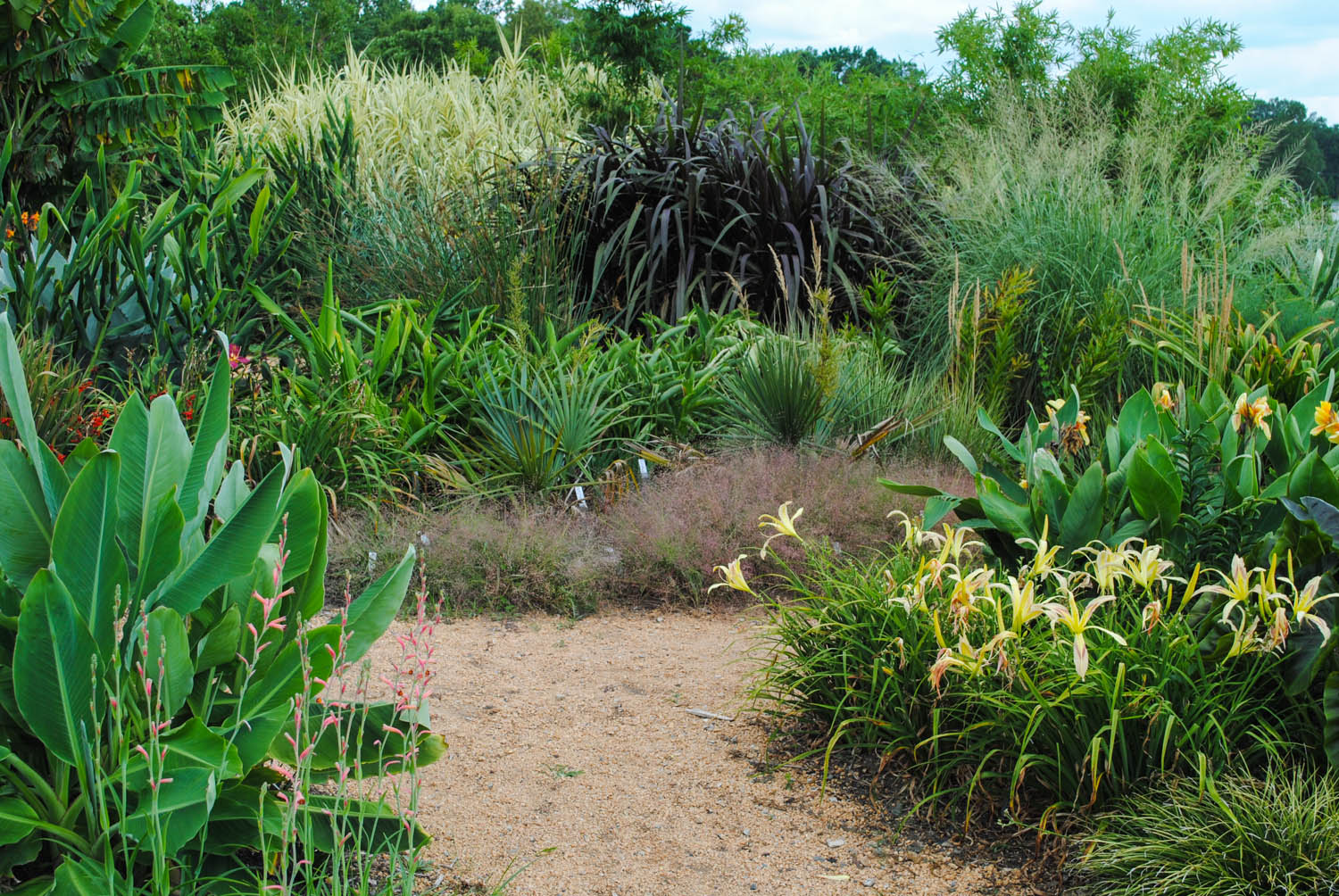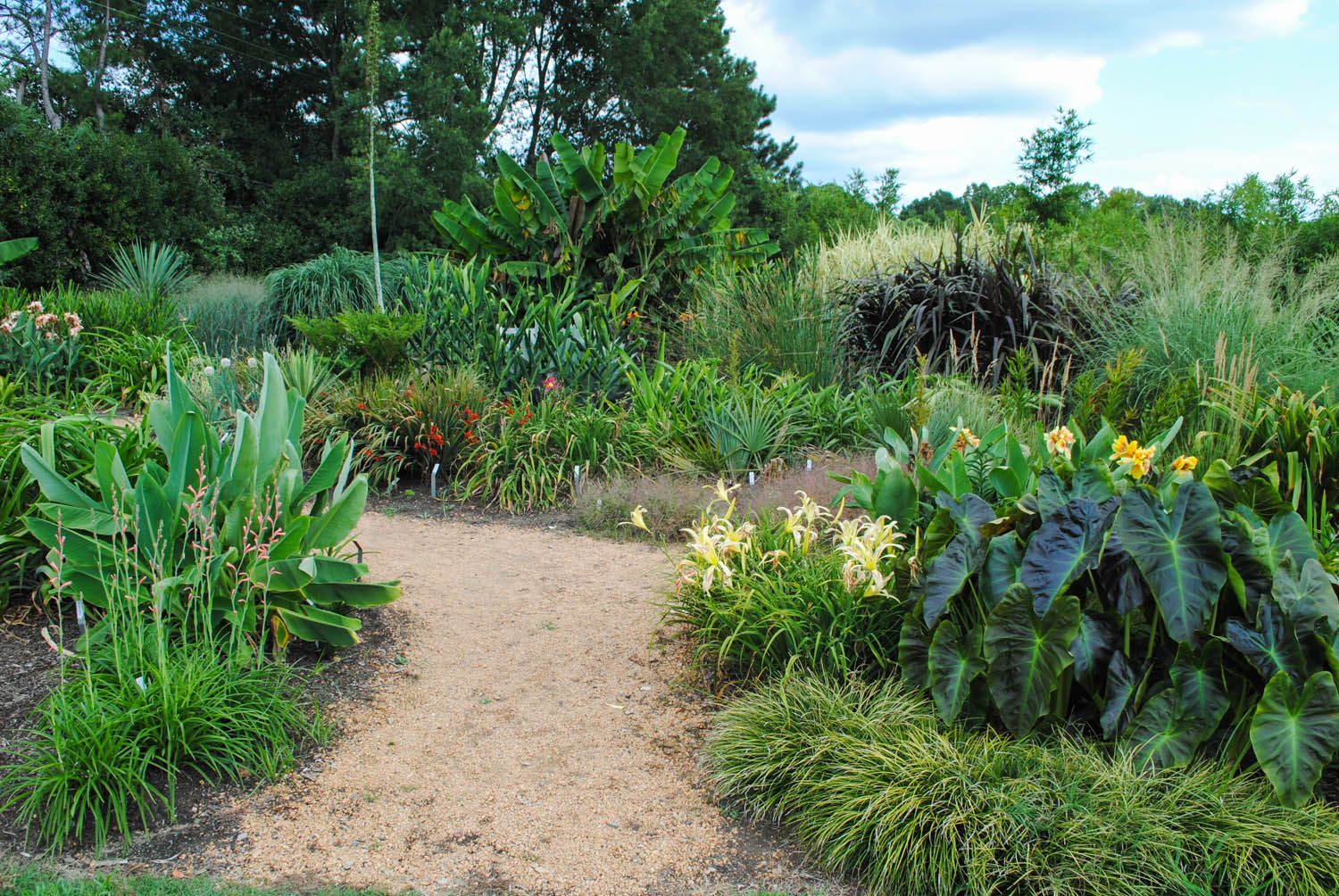Driving to and from town I’ve admired a big patch of Andropogon ternarius in late season splendor right up the road. It's pretty easy to spot once it comes into flower. The inflorescences have this sheen to them, almost like long silver paintbrush bristles. A month or so later, the bristles fray as the seed ripen, and the plant forms a pair of feather-like infructescences. The seed heads glow a white blush no matter how the sun shines on them. Most people call this species split-beard bluestem, but I’m partial to the common name feather bluestem for its twin inflorescences that resemble bird plumage.
Before metamorphosing into the feathery seed heads, the flowers of Andropogon ternarius look like silvery paintbrush bristles.
I stopped the other evening as the sun approached the horizon to take some photographs of this colony of feather bluestem. Just like the rest of the landscape, the grasses glowed warm in the waning light of a cool evening.
Andropogon ternarius en masse. I wonder if the purpletop grass behind it to the right is a bit jealous just how good the feather bluestem looks?
The culm colors were variable, but some were a vibrant cinnabar. I pondered if the coloration I saw was more an effect of genetics or the stresses of the site. I could see drought or low phosphorus bringing out these red colors more.
The cinnabar-colored culms warm the heart on a cool evening while photographing Andropogon ternarius
While the primary role of the hairs, technically trichomes, is to help the seeds disperse in a stiff breeze, I’m amazed at how well they capture light and diffuse it. From a distance they look like lines of white dots, a natural pointillism if you will. However, up close when I stood behind the plants and squatted down to see the sun through them, I noticed an interesting phenomenon with how the waning light interacted with the seed hairs. The light formed concentric circles around the sun as each bristle became a mini light reflector.
The light orbits the sun in the seedheads of Andropogon ternarius
In my photographing the plants against the light, a Carolina Wren popped up to the barbed wire fence and sang its cheeseburger–cheeseburger-cheeseburger song. It pranced a little bit, perhaps curious who was disturbing its niche, before flying off home.
The bird of a feather bluestem. I wonder what this Carolina Wren thinks of Andropogon ternarius?
I'm so glad I stopped to enjoy the beauty of these feather bluestem late that Wednesday afternoon. Two days later roadside mowers came through and cut the whole patch to the ground. It is sad the feather bluestem won't be there for me to enjoy it all winter as I drive to town. But, in their clearing the roadsides, they just propagated more of the plant by dispersing those seed for me to enjoy in years to come.
I, too, will be propagating this plant via seed. You see, having lived here for four years, I was anticipating their autumn cutting, and I collected some seed that evening in the twilight. I’m just glad they waited long enough for me to enjoy this final show and let the seed ripen. And, soon I won't have to just enjoy the patch down the road. I'll have my own feather bluestem here glistening in the setting sun for my enjoyment and the Carolina Wren’s.











